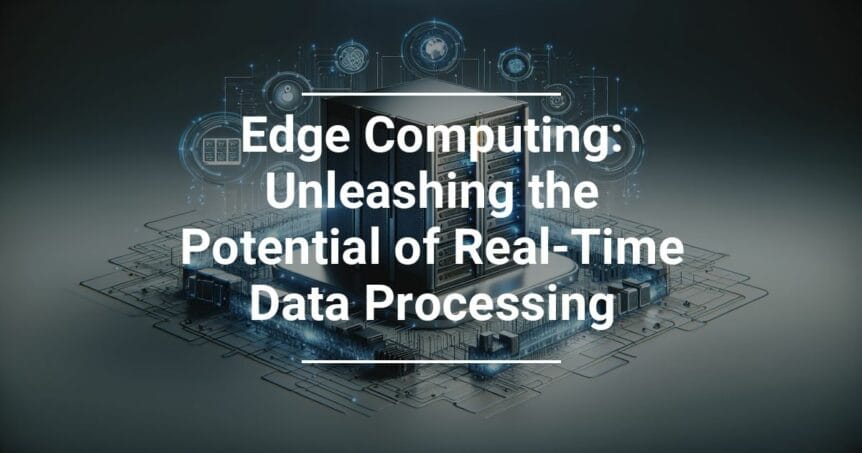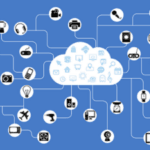In the classic cloud computing setup, data generated by company devices like computers, printers, and mobile gadgets is sent to a central cloud. This cloud serves as the nerve center for storing, processing, and managing data, helping businesses streamline their operations.
However, the surge in Internet of Things (IoT) devices, designed to meet escalating customer demands and enhance business processes, has led to an explosion in data volumes. As reported by Statista, global data volumes reached about 64.2 zettabytes in 2020 and are expected to skyrocket to 180 zettabytes by 2025. This exponential growth is overburdening traditional cloud networks.
Edge computing offers a hybrid model that alleviates the pressure on central cloud systems. By processing raw data close to its source through edge devices, the central cloud’s workload is significantly reduced. These edge devices analyze and process data locally before sending it to the cloud, thereby enhancing overall system efficiency.
Key Benefits of Adopting Edge Computing
For small businesses, edge computing is a game-changer. It eliminates the necessity for extensive network infrastructure expansions, which would otherwise require significant investments in new network towers and high-capacity links. By deploying edge devices as intermediaries between local devices and the cloud, businesses can reduce bandwidth requirements and realize substantial cost savings. Additionally, shorter data transfer distances consume less energy, resulting in lower utility bills.
Edge computing improves bandwidth efficiency by minimizing the distance data needs to travel. Each edge device processes data near its source, preventing bottlenecks at central locations and significantly reducing latency. This setup allows businesses to achieve real-time data processing, essential for making swift, informed decisions. The result is a smoother and more seamless online user experience.
Local data processing via edge devices also offers significant security advantages. Since raw data doesn’t have to be transmitted to an external cloud, it stays on-site, reducing the risk of breaches. When data does need to be sent to the cloud, edge devices encrypt it first, ensuring compliance with data protection regulations like GDPR. This local-first approach guarantees higher data security and peace of mind for business owners.
Exploring Advanced Options: Fog Computing
While edge computing already provides numerous benefits, businesses can further extend these advantages through fog computing. Fog computing expands the scope of edge computing by creating a more extensive network, distributing data processes across multiple nodes. This setup can handle even larger data volumes and provide even greater efficiencies.
By exploring these advanced options, businesses can continue to innovate and adapt, ensuring they stay ahead in an increasingly data-driven world. Whether you’re considering edge computing or fog computing, gaining a deeper understanding of these technologies will help you determine the best fit for your business needs.





